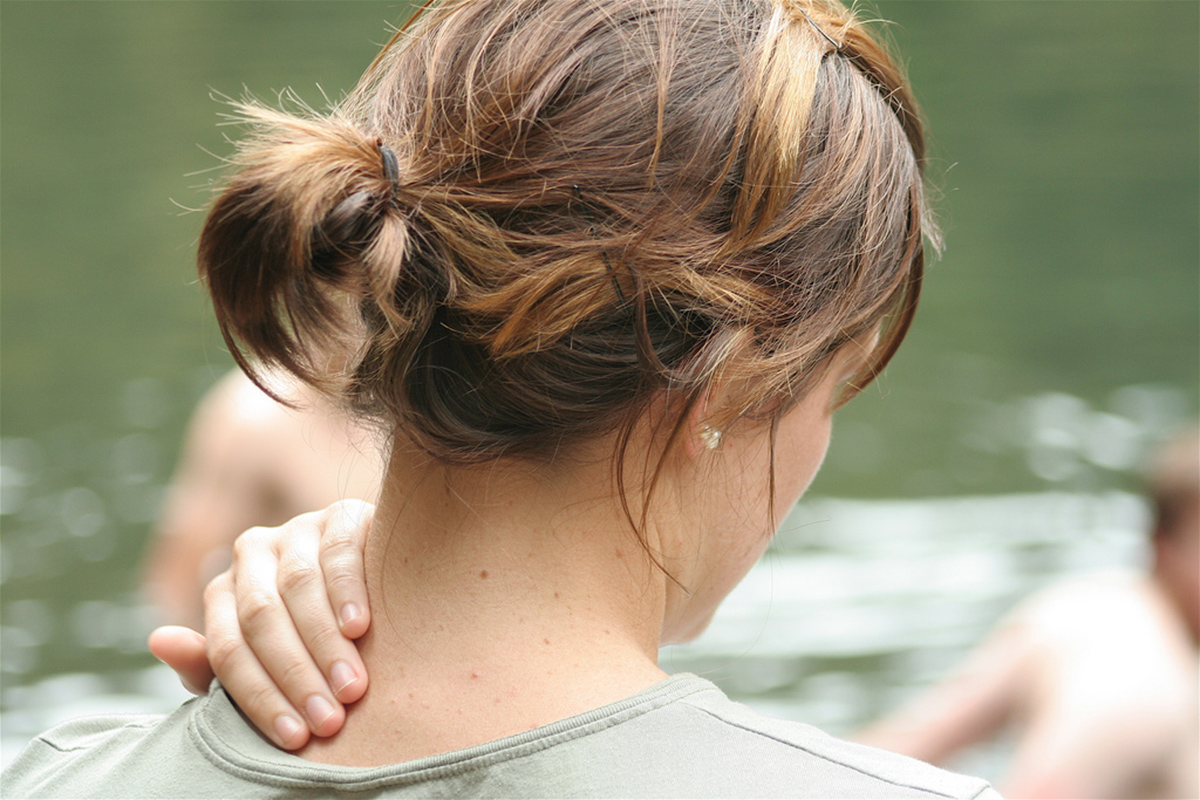Table of Contents
Delayed-Onset Muscle Soreness, or DOMS, is an interesting subject.
First, let’s look at what we know about it:
Nothing.
OK, we know a few things. You can’t catch it from other people, it doesn’t kill you and it goes away in a few days, but realistically that’s about all we can say that’s supported by the evidence.

Yet, almost everyone who does training that’s aimed at strength or hypertrophy will experience DOMS at some point.
That’s what’s so interesting about it: we all have it and there are millions of theories floating about as to what causes it, but we really know next to nothing about it. Even the mechanism by which it actually occurs is weakly understood: is it lactic acid? Muscle fibers recovering from microtears? Some kind of central nervous system effect that’s unrelated to physical structures? Something metabolic? Maybe it’s a sign that you’re getting stronger, or that you’re gaining muscle. Maybe not. All these theories are confidently advanced. Ask around; everyone you know who knows about fitness will give you a different answer, backed by some evidence, but not conclusive. We don’t even know what it is, let alone why or how.
And yet, just like people knew how to build houses before they had a mechanical engineer around to tell them the Young’s modulus of roof beams, or blacksmiths could make steel before we had any idea there was such a thing as a chemical element, there are some practices that have the weight of empirical success behind them.
Additionally, we can see some effects of DOMS that aren’t just pain. If you’ve ever experienced serious pain, you’ll know that “just pain” is an interesting turn of phrase at best; but DOMS, besides sometimes being severely painful, also causes reduced motor unit recruitment and decreased range of joint motion, reduced muscle elasticity and decreases tendon and ligament elasticity too. That means DOMS can keep you from training or make you more likely to get injured.
READ 6 Best Exercises That Will Boost Your Metabolism
We also have a pretty clear idea of what kind of exercise is associated with DOMS. Basically, sprinting and jumping, anything with a major eccentric component, or new movements tend to be the biggest triggers, and they’re usually going to be felt in the legs, though heavy eccentric upper body movements can trigger DOMS in the muscles of the arms, chest and back. Sadly for some, DOMS also has a genetic component. Some people just don’t get sore. Others get days of soreness even after years of consistent, effective training. We don’t know why.
- The effect of caffeine ingestion on delayed onset muscle soreness, Hurley et al http://www.ncbi.nlm.nih.gov/pubmed/24164961
- Branched-chain amino acid supplementation before squat exercise and delayed-onset muscle soreness, Shimomura et al http://www.ncbi.nlm.nih.gov/pubmed/20601741
- Effects of Massage on Delayed-Onset Muscle Soreness, Swelling, and Recovery of Muscle Function, Zainuddin et al http://www.ncbi.nlm.nih.gov/pmc/articles/PMC1250256/
- Treatment and Prevention of Delayed Onset Muscle Soreness, Declan et al http://static1.squarespace.com/static/526c72d0e4b0c72bb55e640b/t/5441cf2ce4b0881390291780/1413599020420/Treatment+and+Prevention+of+Delayed+Onset+Muscle+Soreness.pdf
- Photo courtesy of Aidan Jones via Flickr: www.flickr.com/photos/aidan_jones/3117187373
- Photo courtesy of Aidan Jones via Flickr: www.flickr.com/photos/aidan_jones/3117187373
- Photo courtesy of Nick J Webb via Flickr: www.flickr.com/photos/nickwebb/3968718397


Your thoughts on this